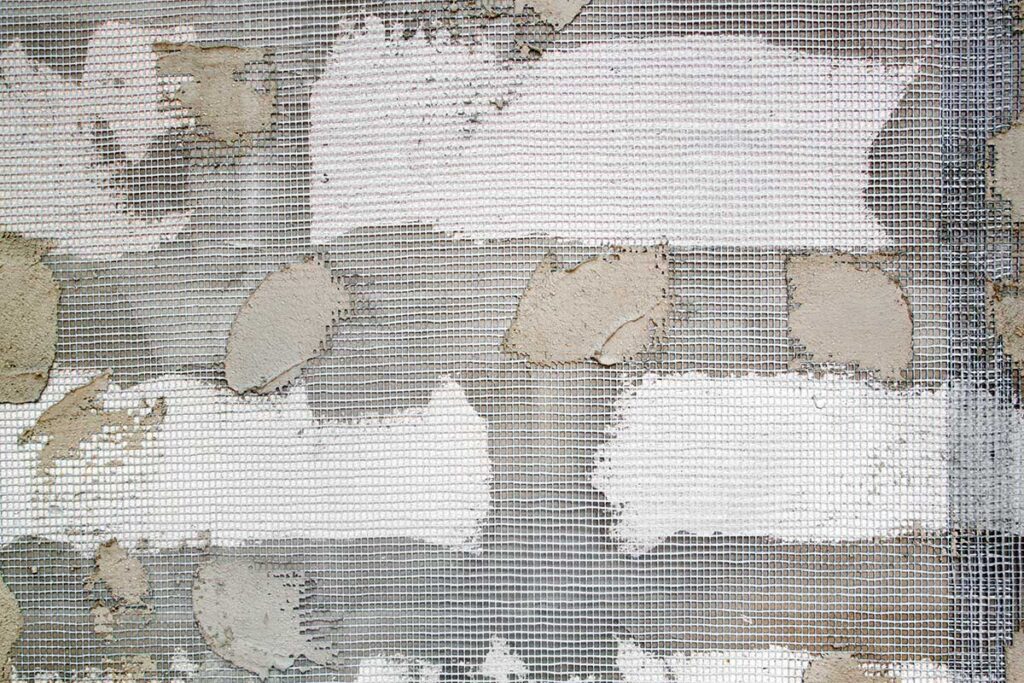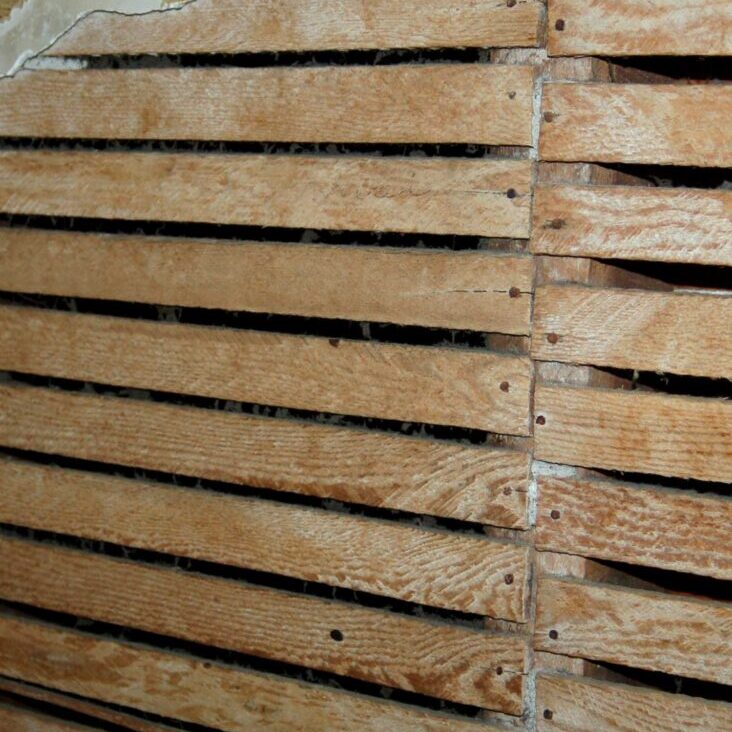Plaster and lath walls are a common feature in many New York City apartments. Before the 1950’s that was pretty much all they used (besides brick), so your pre-war apartment probably has plaster and lath. Beyond being difficult to replace, there are several reasons keeping plaster and lath is a good choice for your apartment:
- Durability: Plaster and lath walls are known for their durability and strength. They are less likely to crack or warp over time. (Though you probably wouldn’t be reading this, if they hadn’t).
- Soundproofing: Plaster and lath walls provide good sound insulation.
- Fire resistance: Plaster and lath walls are more fire-resistant than many other types of wall systems.
- Over the years and apartment renovations, Paint Works has become intimately familiar with the processes needed to repair interior plaster walls, and do it efficiently and cleanly.
- Before beginning any work, it is important to prepare the space. We will move furniture and other items out of the way, and cover any surfaces that need to be protected.
- Remove any loose or damaged plaster – If the plaster on the walls is loose or damaged, it will need to be removed. This is be done using a putty knife or scraper, and requires a gentle touch to avoid damaging the underlying lath.
- Install new lath – If the lath on the walls is damaged, it will need to be replaced. We install new lath boards over the existing lath, using nails or other fasteners to secure the boards in place.
- Mix and apply new plaster – Once the lath is in place, new plaster can be mixed and applied to the walls. This involves mixing plaster and water to create a smooth, creamy consistency, and applying the plaster to the walls using a trowel or other tool.
- Sand and smooth the plaster: After the plaster has been applied and has had time to dry, it will need to be sanded and smoothed to create a smooth, even surface. This can be done using sandpaper or a sanding sponge, and may require several passes to achieve the desired finish.
- Prime and paint the walls: Once the plaster is smooth and even, it is ready to be primed and painted. And that’s where Paint Works really shines…it’s in the name.
If your plaster and lath walls or ceilings are damaged, stained, or otherwise in need of some TLC, contact Paint Works for an assessment of your project. We’re looking forward to it!


